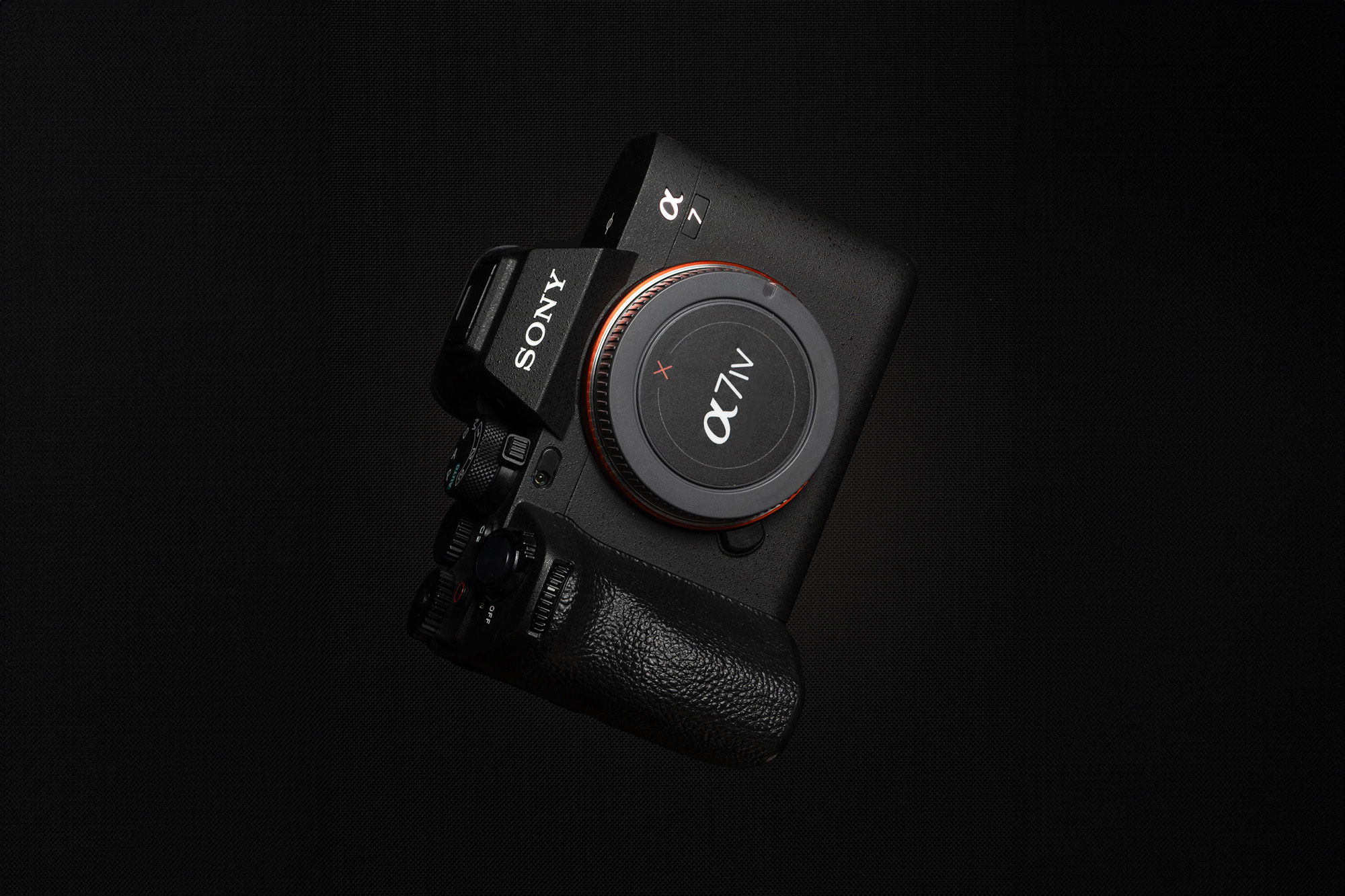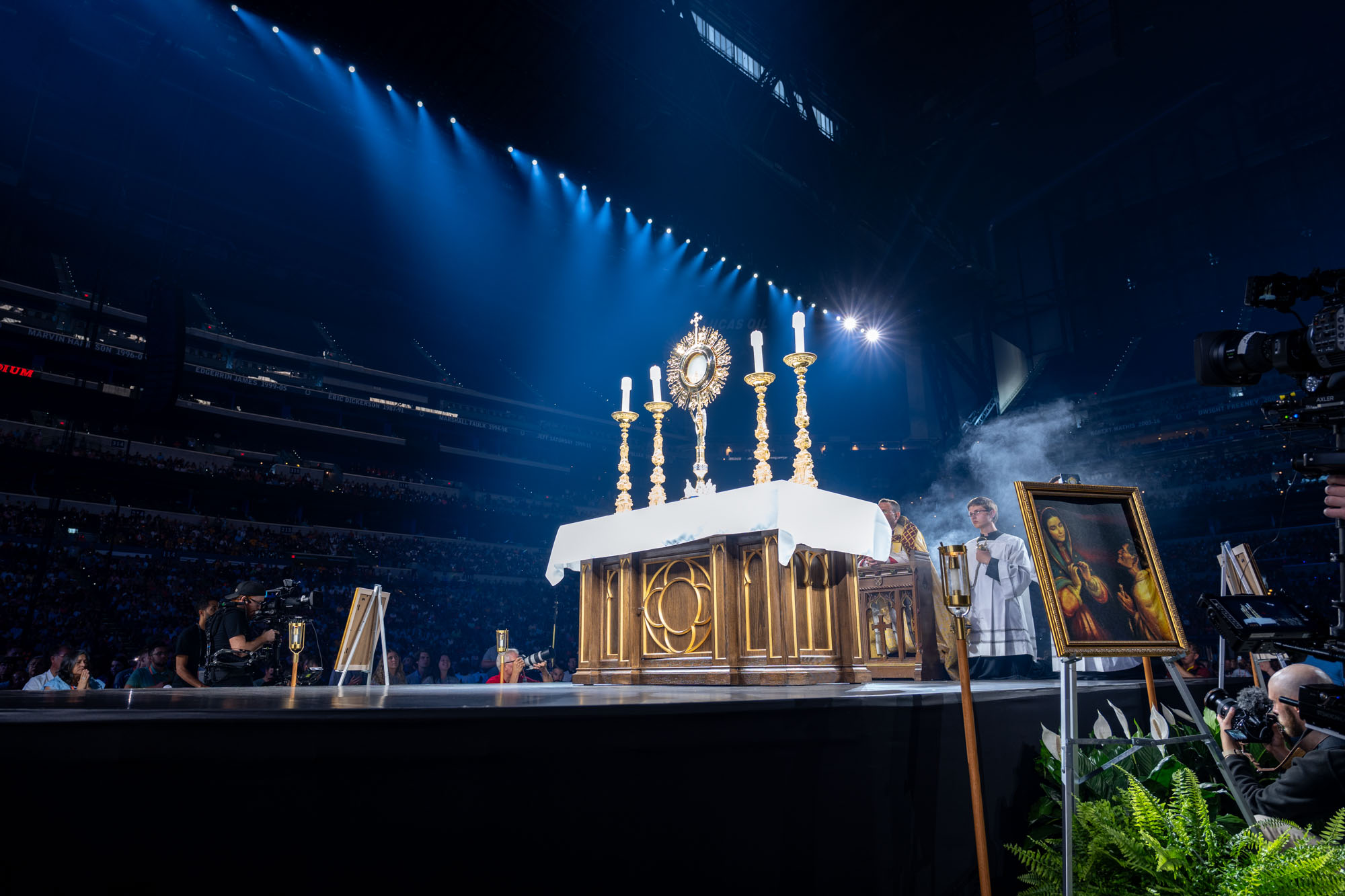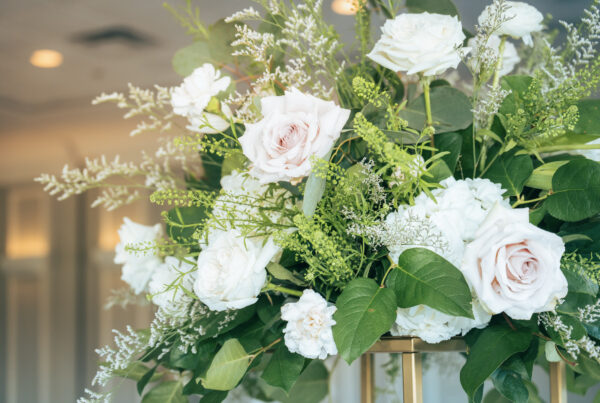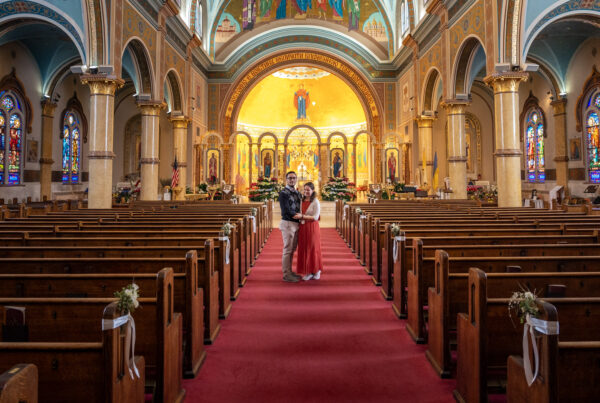One’s wedding is a significant life event. And everyone aspires to seize those exquisite moments. From the start of the day’s preparations to the conclusion of the wedding reception, your wedding photos can help narrate the story of your special day. Having wedding photography means that you can have a permanent record of your wedding day’s events.
When it comes to your camera body, as a wedding photographer, you should prioritize three factors: sensor size, resolution, and autofocus (more especially, subject tracking).
1. The size of the sensor
Sensor size is the most important factor to consider when choosing a camera for a wedding. I’ve spent years taking pictures in a variety of situations, and after all this time, I suggest that you buy full-frame cameras only. To give customers the best possible image quality, full frame sensors are important because they enable the camera to take clear, noise-free pictures in dark conditions. I have encountered photographers who maintain the incorrect belief that crop sensors are appropriate for weddings. The difference is enormous when comparing image quality side by side.
2. Resolution
It’s a common misconception that cameras with a high megapixel count are the best for low-light conditions and weddings. There are two causes for this. First, large file sizes are produced by a high megapixel count. Wedding photographers handle thousands of photos a year for processing and editing, and larger files take longer to load and operate than smaller ones.
Therefore, I would strongly advise looking for a sensor size of about 20 to 30 MP unless you want to purchase a computer with the fastest processing speeds or wait a lot longer for photos to import and export. Customers can still easily print off 40″ x 60″ images at this resolution without noticing any pixelation. This is particularly true if you are adept at framing a shot at the moment and do not need to crop in a lot during the editing process.
I would like to briefly explain why cameras of the same generation—whose sensor technologies are nearly identical—perform better in low light when they have fewer pixels. Although it is a little-known fact that people are aware of, it is fairly intuitive. Recall how full frames are better at processing light than crop sensors due to surface area. The situation remains the same when using full-frame sensors with lower pixels. More light can be processed on each pixel of the lower-resolution sensor because each pixel has a larger surface area than the higher-resolution sensor.
3. Subject tracking
Subject tracking in wedding photography refers to the technique of using autofocus systems in cameras to keep subjects in focus as they move around during the wedding ceremony or reception. This feature is handy for capturing candid moments and ensuring sharp images, even in fast-paced environments.
Many modern cameras offer advanced subject-tracking capabilities, utilizing sophisticated algorithms to detect and follow subjects automatically. Photographers can also manually select the subject to track, ensuring that critical moments are captured with precision and clarity. To be honest, I would advise switching to a mirrorless camera if you are still using a DSLR. It is genuinely groundbreaking and gives your clients astronomically better photos.
I used to shoot with the Nikon D850, which was regarded as having the best autofocus among DSLRs, before switching to mirrorless. It was nice, but as soon as I got my first SONY A7 IV, it was just a fancy paperweight. With the help of its Real-Time Tracking technology, the Sony A7 IV has sophisticated subject-tracking capabilities. Even in difficult circumstances, it accurately detects and tracks subjects by using AI-based algorithms. This covers subjects who move quickly as well as those whose movements are erratic. The camera also has improved autofocus performance, which makes it possible to track focus precisely and reliably detect subjects in a range of shooting situations.
The ideal camera for wedding photography is often determined by a person’s preferences, needs, and financial constraints. However, some of the top brands known for their quality cameras suitable for wedding photography include:
Nikon Z 6II
The Nikon Z6 II is a mirrorless camera that has gained recognition for its remarkable capabilities in both photography and video capture. It features a 24.5-megapixel full-frame CMOS sensor, dual EXPEED 6 image processors for fast performance, a 273-point phase-detection autofocus system, and up to 14 fps continuous shooting. Additionally, it offers 4K UHD video recording at up to 30p and 1080p recording at up to 120p for smooth slow-motion footage. It also has dual card slots, in-body image stabilization, and a weather-sealed magnesium alloy body for durability.
Canon EOS R6 II
The Canon EOS R6 II is a fantastic camera. Having used this camera a few times myself, I have no complaints. I recommend Canon photographers buy this camera for their weddings. Wedding photographers widely use the Canon EOS R series for their excellent image quality and reliable performance.
Sony Alpha 7 IV
The Sony A7 IV is a highly anticipated camera known for its versatility and performance. It’s expected to offer significant upgrades over its predecessor, possibly including improved autofocus, better image quality, enhanced video capabilities, and possibly a higher resolution sensor. Sony’s A7 series is renowned for its full-frame mirrorless cameras, and the A7 IV is likely to continue that tradition with updated features and technology.
Fuji X-T4
They may have the best cameras for weddings, but to be honest, I do not think so. All of Fuji’s cameras, including this one, have a crop sensor. So, unless you absolutely must have a Fuji camera, I would suggest going with one of the big three.
Conclusion
I hope that you found this article to be beneficial. All of the cameras on the above list are capable of capturing stunning pictures, but ultimately, a camera is only as good as the person using it.
The Sony a7 IV is a mirrorless camera known for its impressive performance in both photo and video capabilities. It features a 33-megapixel full-frame CMOS sensor and so much more:
- Up to 10 fps Shooting, ISO 100-51200.
- 4K 60p Video in 10-Bit, S-Cinetone.
- 3.68m-Dot EVF with 120 fps Refresh Rate.
- 3″ 1.03m-Dot Vari-Angle Touchscreen LCD.
- 759-Pt. Fast Hybrid AF, Real-time Eye AF.
- Focus Breathing Compensation.
- 5-Axis SteadyShot Image Stabilization.








